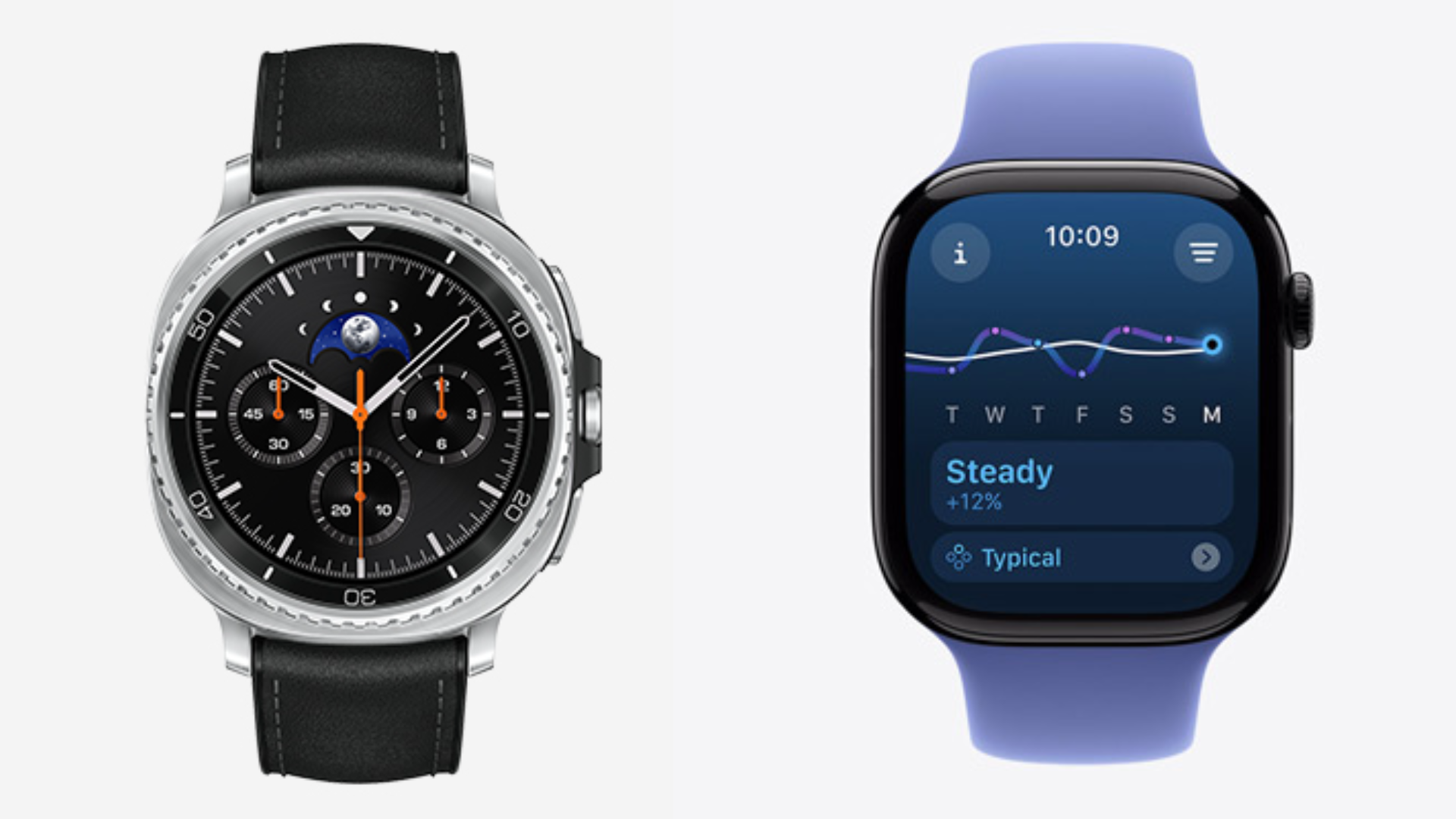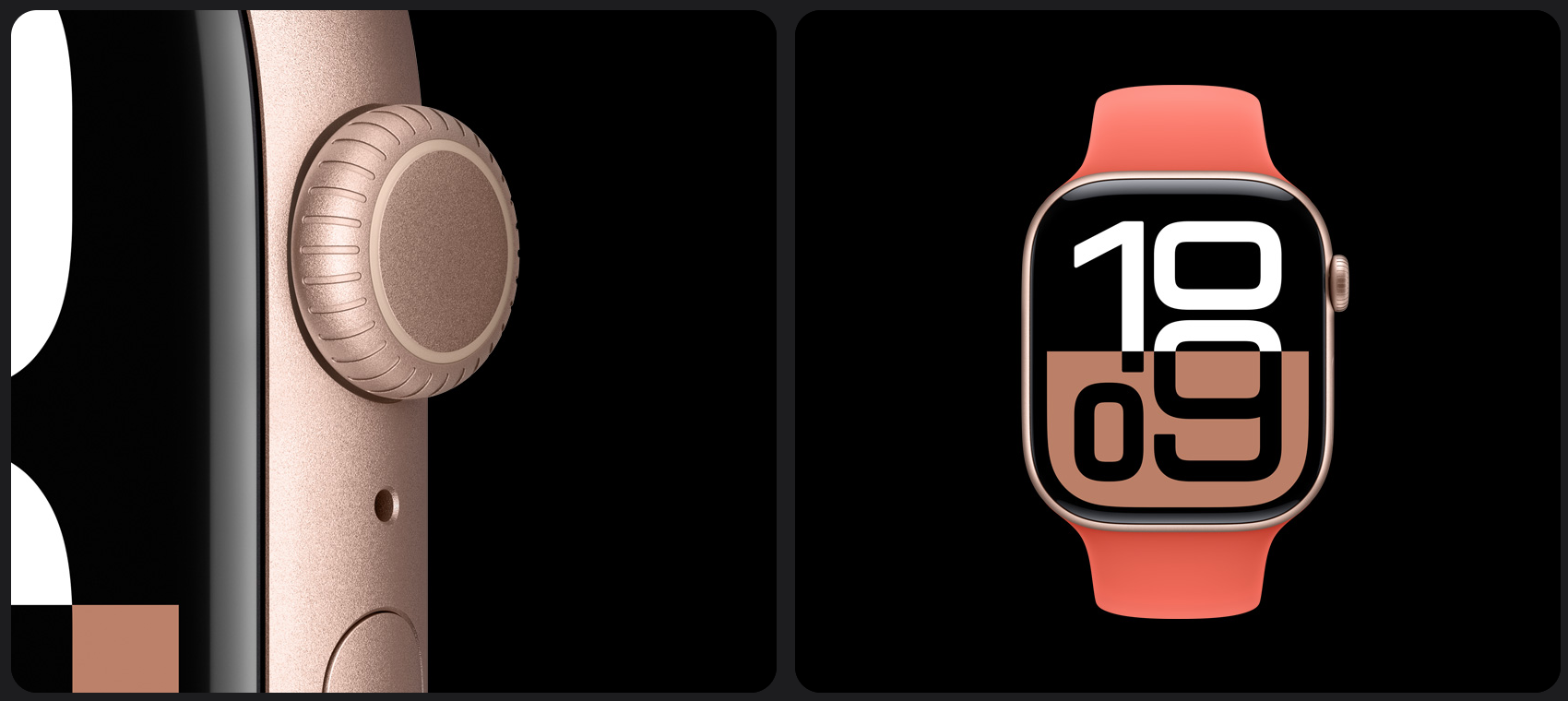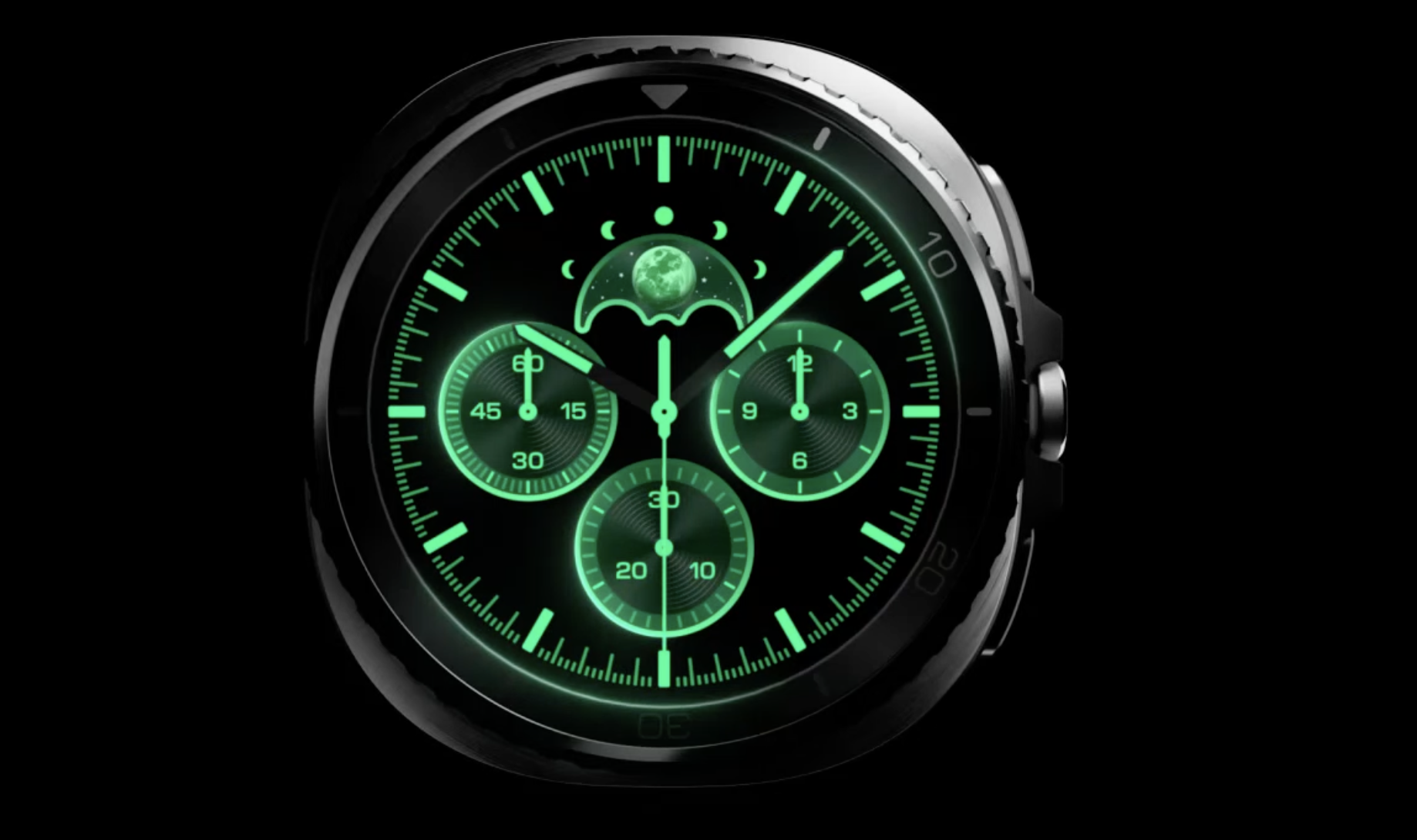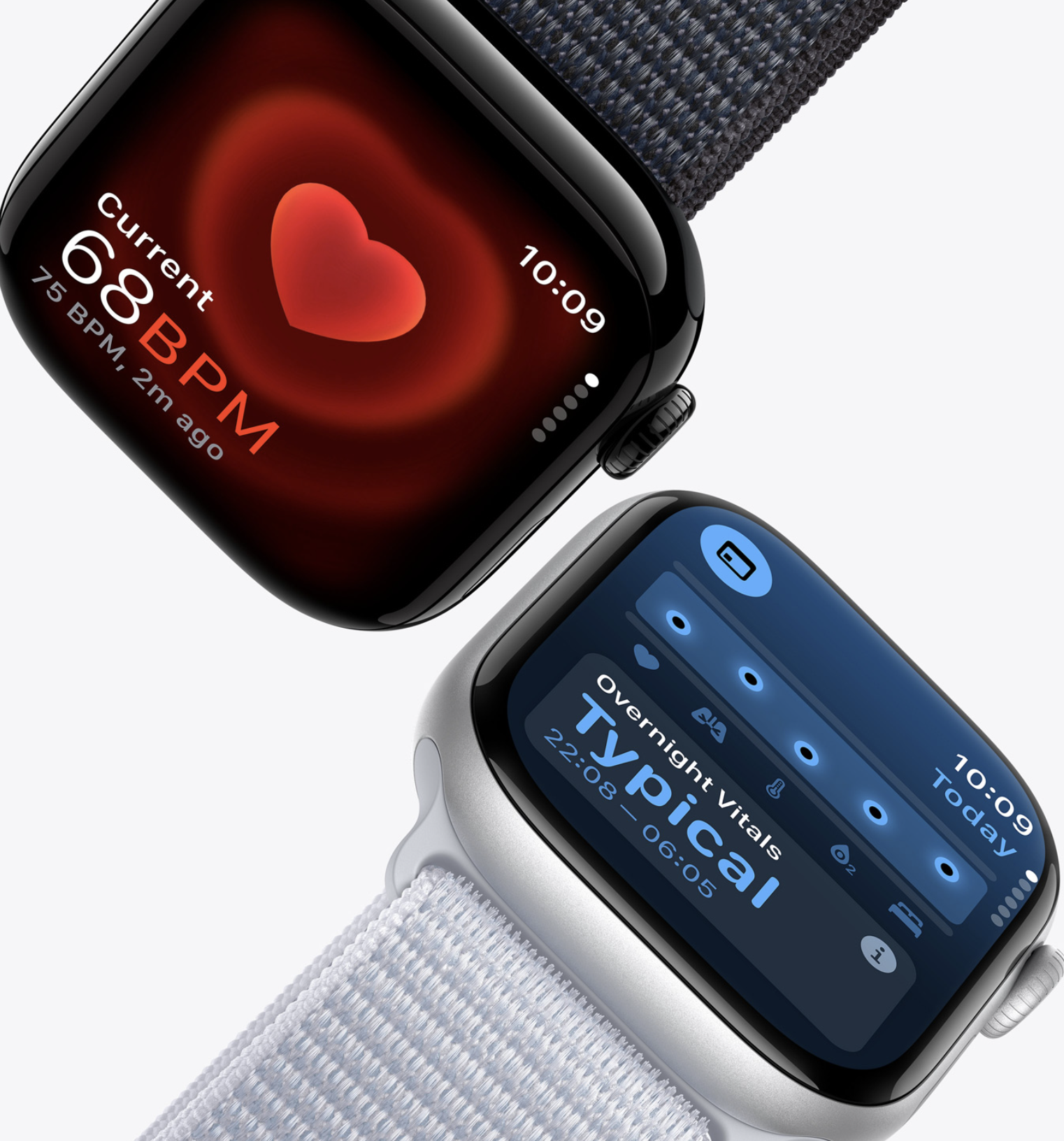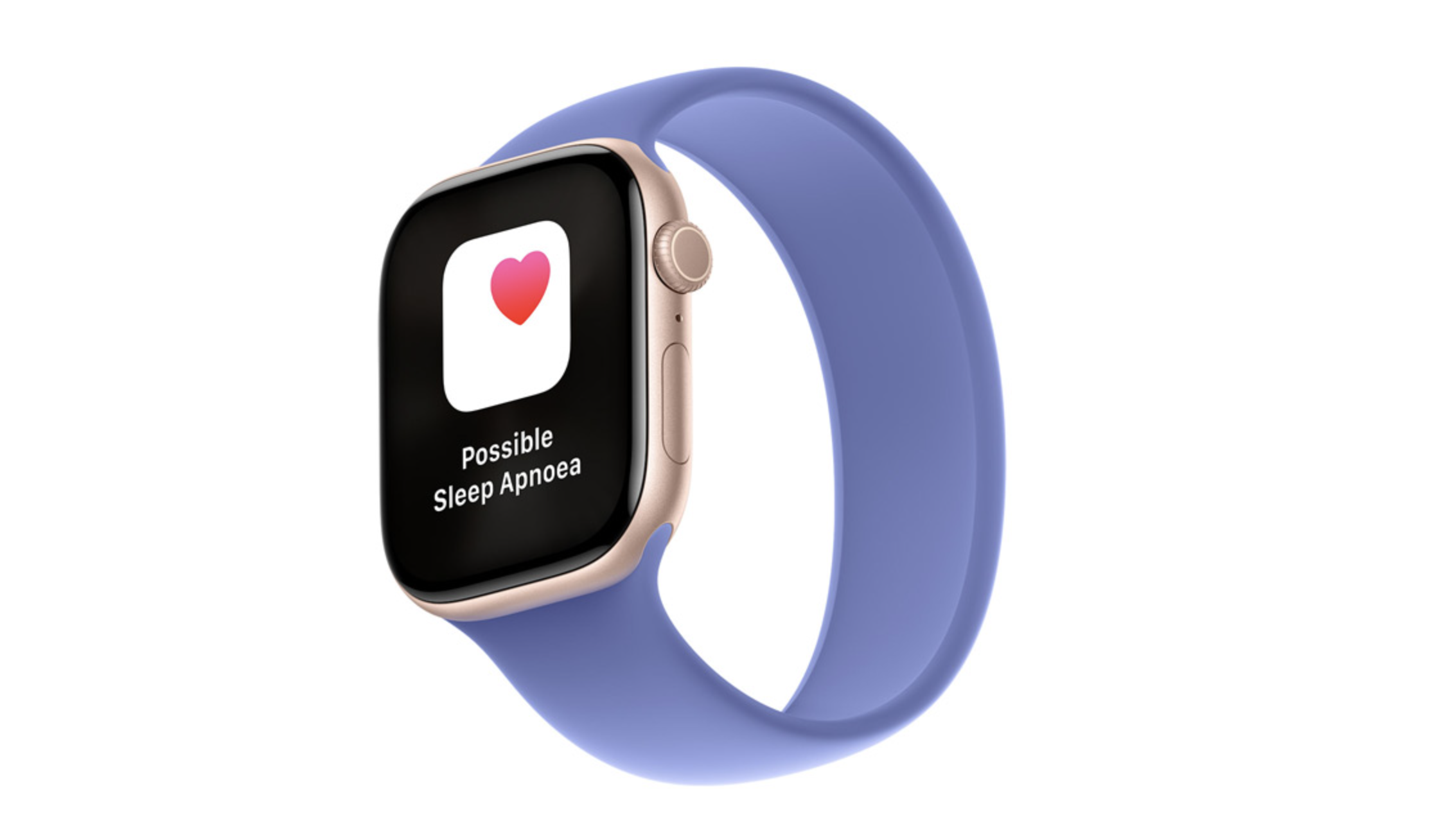Samsung Galaxy Watch8 Classic vs Apple Watch Series 10 – A Refinement Showdown
Image credits: samsung.com & apple.com
Smartwatches have evolved from simple notification pushers into full-fledged personal assistants, fitness coaches, and fashion statements. At the top of the premium category, two heavyweights are going toe-to-toe: the Samsung Galaxy Watch8 Classic and the Apple Watch Series 10. Both promise cutting-edge health tracking, stylish design, and day-to-day convenience—but they take very different paths to get there.
In this guide, we’ll break down every major factor—design, display, fitness accuracy, battery life, and price—before delivering our verdict.
Design & Build – Bold Circular Steel vs Slim Rectangular Minimalism
The Galaxy Watch8 Classic embraces traditional watchmaking cues with a 46 mm stainless-steel case, polished finish, and the iconic rotating bezel. Weighing 59 g without the strap, it feels premium and reassuringly solid. Its 5ATM + IP68 water resistance and MIL-STD-810H durability rating make it genuinely rugged. You can check the latest Galaxy Watch8 Classic prices on Amazon here.
Image credits: samsung.com
The Apple Watch Series 10 is all about minimalism. Its aluminium or titanium cases are thin (10% slimmer than Series 9) and very light, starting at around 37 g. The look is clean and contemporary, with softly curved edges and edge-to-edge display glass, but it’s less impact-resistant than Samsung’s chunkier build. Interested? See current Apple Watch Series 10 deals here.
Image credits: apple.com
Display & Navigation – Bezel Control vs Digital Crown
Samsung’s 1.5-inch Super AMOLED panel delivers a peak 3,000 nits of brightness, staying visible in harsh sunlight. The 480 × 480 resolution keeps text sharp and graphics vibrant. Navigation via the rotating bezel is fast, accurate, and works flawlessly in gloves, rain, or sweaty gym sessions.
Image credits: samsung.com
Apple’s Series 10 has a display up to 30% larger than older models, with brightness improved 40% at off-angles. The rectangular OLED makes excellent use of watchOS’s widgets, allowing more data per glance. Navigation relies on the Digital Crown and a side button—slick but not quite as tactile or glove-friendly as Samsung’s bezel.
Image credits: apple.com
Health Tracking & Fitness – AI Insights vs iOS Integration
The Galaxy Watch8 Classic goes deep into data with AI Running Coach, Energy Score, and Vascular Load metrics. The BioActive Sensor monitors heart rate, SpO₂, skin temperature, and sleep, while apnoea detection adds meaningful health value. Its multi-band GPS excels in accuracy, outperforming the Apple Watch in real-world cycling and running tests.
“Really cool watch, looks sleek. I love that it looks like a premium watch but has all these great features of a smart watch. The insights are amazing as well”
Image credits: samsung.com
The Apple Watch Series 10 offers excellent GPS and heart rate accuracy, plus exclusive iOS health integrations. New features include sleep apnoea detection, water temperature sensing, and depth measurement for swimmers. Its calorie burn numbers tend to be higher than Samsung’s, but step count accuracy can lag slightly behind.
Image credits: apple.com
Battery Life & Charging – Multi-Day Stamina vs Daily Top-Ups
Samsung’s 425 mAh battery offers up to 40 hours of use, giving you nearly two days between charges. Fast charging reaches almost 50% in half an hour, making quick top-ups easy.
Apple’s Series 10 delivers around 18 hours—a full day with room for overnight charging. It also fast charges to 80% in about 30 minutes, but if you want continuous sleep tracking and heavy workout use, you’ll be plugging in more often.
Price & Value – Premium Both Ways
In the UK, the Galaxy Watch8 Classic costs £479 for Bluetooth and £529 for LTE. Check availability and offers here.
The Apple Watch Series 10 starts from £399 for aluminium GPS-only, climbing with LTE and titanium options. See the latest Apple Watch prices here.
Side-by-Side Specs Table
Side‑by‑Side Specs: Galaxy Watch 8 Classic vs Apple Watch Series 10
A quick look at design, display, performance, battery, and price.
| Feature | Samsung Galaxy Watch 8 Classic | Apple Watch Series 10 |
|---|---|---|
| Case size & material | 46 mm stainless steel Rotating bezel | 46 mm aluminium or titanium |
| Weight | 59 g (without strap) | ~37 g (aluminium) |
| Water resistance | 5ATM + IP68, MIL‑STD‑810H | WR50 (50 m) |
| Display | 1.5″ Super AMOLED, 480×480, up to 3,000 nits | Large OLED (≈30% more area vs older models), higher off‑angle brightness |
| Navigation | Rotating bezel + touchscreen | Digital Crown + touchscreen |
| Processor | 3 nm Exynos W1000 | Apple S10 |
| Storage | 32 GB | 32 GB |
| Battery life | Up to 40 hours | ~18 hours |
| GPS | Multi‑band GPS | Standard GPS |
| Price (UK) | £479 (Bluetooth), £529 (LTE) | From £399 (aluminium GPS) |
| Buy | Buy now | Buy now |
Verdict – Which Should You Buy?
If you want a smartwatch that feels like a premium timepiece, lasts longer between charges, and delivers outstanding GPS accuracy, the Samsung Galaxy Watch 8 Classic is the one to go for—especially if you’re on Android. Check today’s best price here.
If you’re deep in the Apple ecosystem and love the sleekest, lightest design with seamless iPhone integration, the Apple Watch Series 10 is a natural choice. See the latest Apple Watch deals here.
Whichever way you lean—towards Samsung’s tactile, multi-day powerhouse or Apple’s sleek, seamlessly integrated companion—both of these watches deliver premium design and features worthy of your wrist. The real deciding factor comes down to your phone, your style, and your priorities. If you’re ready to make the leap, now’s the time to secure yours. Prices and stock can change quickly, so check the latest Galaxy Watch8 Classic offers or see the Apple Watch Series 10 deals before they’re gone.
